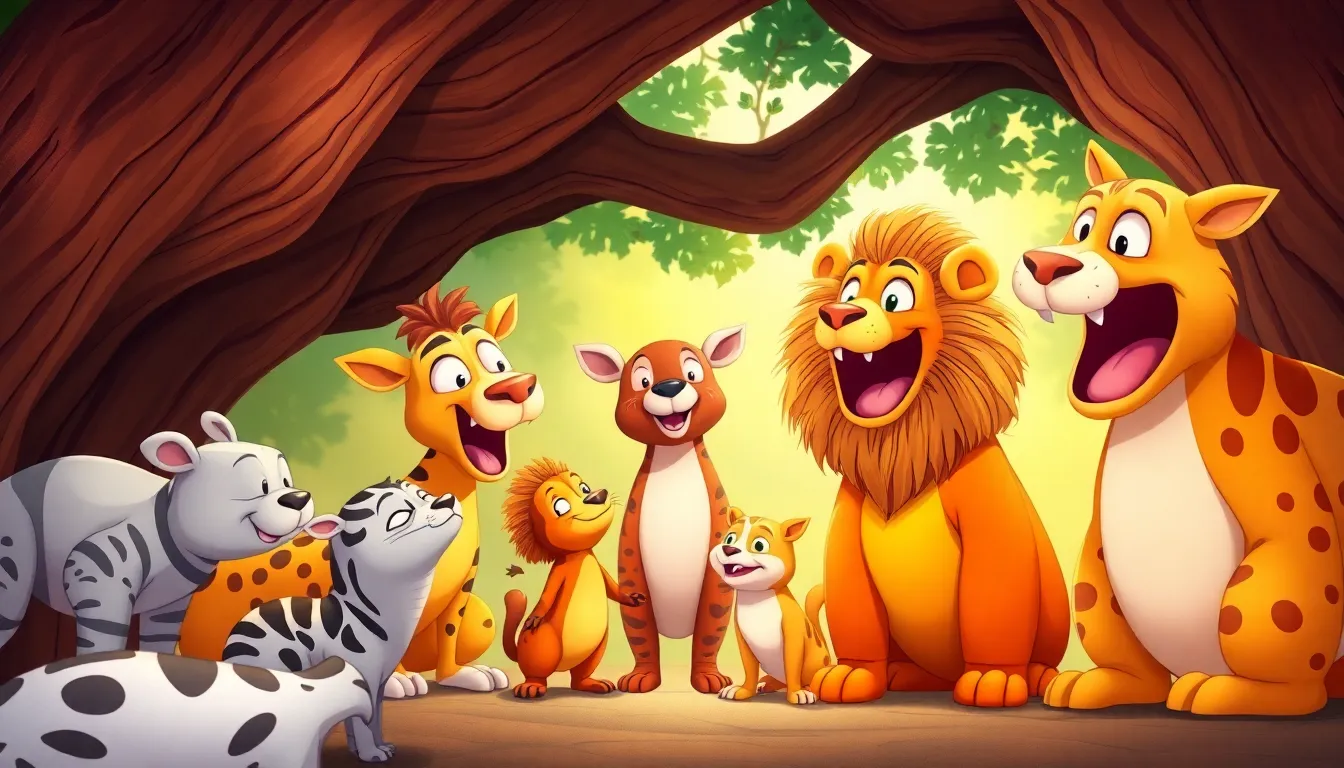
🌟 How Animals Are Grouped: the Magic of Classification
Introduction
Ever wondered why we call a tiger a “big cat” but a dolphin a “marine mammal”? Scientists use Classification (the science of sorting things into groups) to organize the huge variety of animals on Earth. By learning how animals are grouped, you’ll discover patterns, connections, and the reasons why certain animals look or behave the way they do.
1. the Big Picture: Kingdom, Phylum, Class…
Scientists arrange living things in a hierarchy called Taxonomy (the system of naming and grouping organisms).
| Level | What It Means | Example (Tiger) |
|---|---|---|
| Kingdom | All animals belong to the Animalia kingdom. | Animalia |
| Phylum | Groups animals with a similar body plan. | Chordata – animals with a backbone |
| Class | More specific traits, like how they stay warm. | Mammalia – warm‑blooded, hair or fur |
| Order | Similar habits or shapes. | Carnivora – meat‑eaters |
| Family | Even closer relatives. | Felidae – the cat family |
| Genus | Very close relatives. | Panthera |
| Species | The exact animal. | Panthera tigris (the tiger) |
Vocabulary Boost
Taxonomy – the science of naming and grouping living things.
Phylum – a major group of animals that share a basic body layout.
2. Why Do We Classify? (cause & Effect)
Cause: Scientists notice patterns—like animals that lay eggs, have feathers, or breathe underwater.
Effect: They create groups so it’s easier to study, protect, and understand them.
- Predicting Habits: If a new animal is placed in the Reptilia class, we can guess it’s cold‑blooded and lays eggs.
- Conserving Species: Knowing an animal’s family helps us protect its entire group, not just one species.
Did You Know? 🐢 The giant tortoise and the tiny sea snail belong to the same Phylum (Mollusca) because they both have soft bodies, even though one lives on land and the other in the ocean!
3. Two Big Groups: Vertebrates Vs. Invertebrates
- Vertebrates have a backbone (spine). Examples: fish, birds, mammals, reptiles, amphibians.
- Invertebrates lack a backbone. Examples: insects, spiders, jellyfish, earthworms.
Cause & Effect: Having a backbone gives vertebrates a sturdy framework for fast movement and complex muscles. Invertebrates often compensate with Exoskeletons (hard outer shells) or flexible bodies, letting them squeeze into tiny spaces.
Quick Comparison
| Feature | Vertebrates | Invertebrates |
|---|---|---|
| Backbone? | Yes | No |
| Typical size range | Small to huge (mouse to blue whale) | Mostly small (ant to squid) |
| Body covering | Skin, fur, feathers, scales | Exoskeleton, shells, soft skin |
4. Mini Experiment: Build Your Own Animal Sorter!
What You Need:
- Printed pictures of 12 different animals (mix vertebrates & invertebrates).
- Three labeled boxes or folders: Vertebrates, Invertebrates, Unsure.
Steps:
- Look at each picture. Notice clues: does
Steps:
- Look at each picture. Notice clues: does it have a backbone, fur, scales, or an exoskeleton?
- Decide which box it belongs to:
- Vertebrates if it has a backbone.
- Invertebrates if it does not.
- Unsure if you need more clues.
- Place the picture in the chosen box.
- After sorting all 12 animals, count how many are in each box.
- Talk with a friend or adult about why you placed each animal where you did. Did any surprise you?
Animal Classification Quiz
Now you’re a junior taxonomist, ready to explore the animal kingdom!